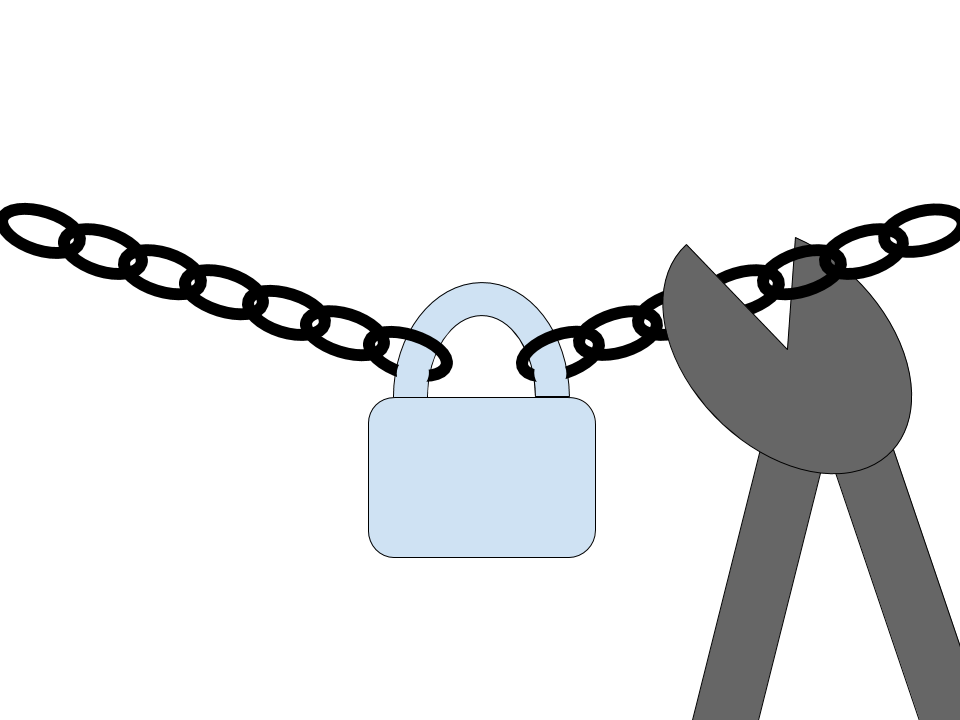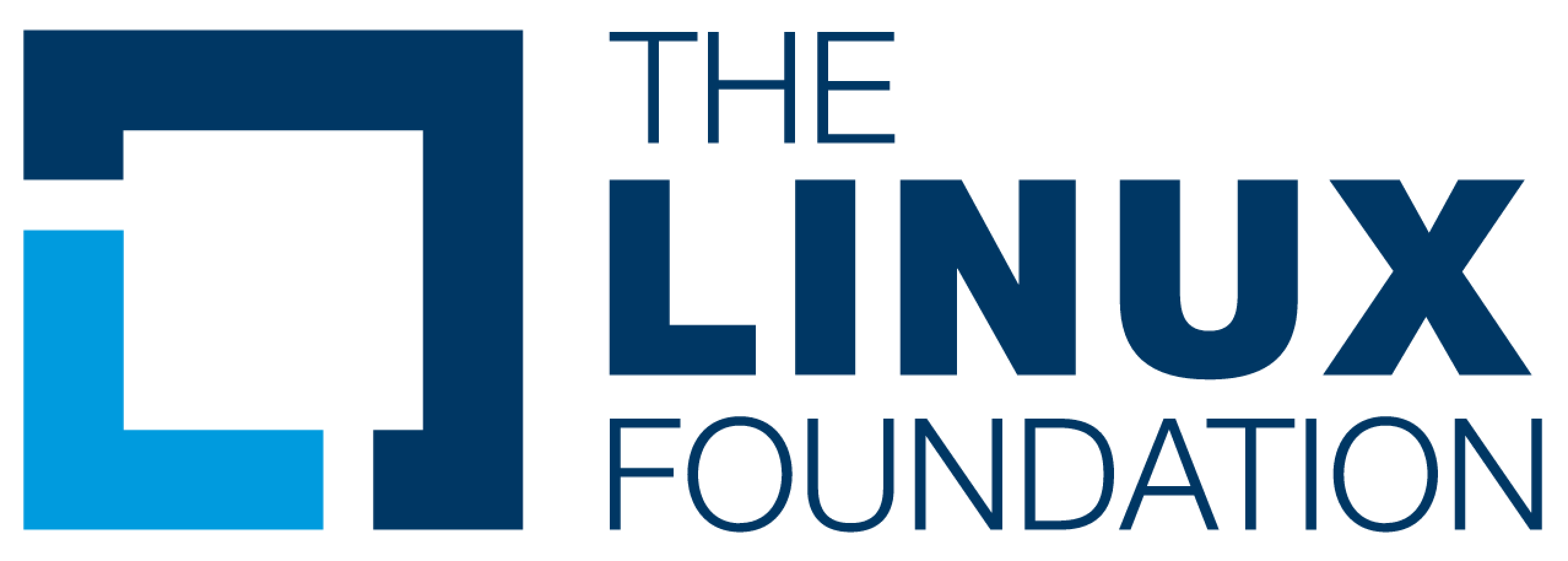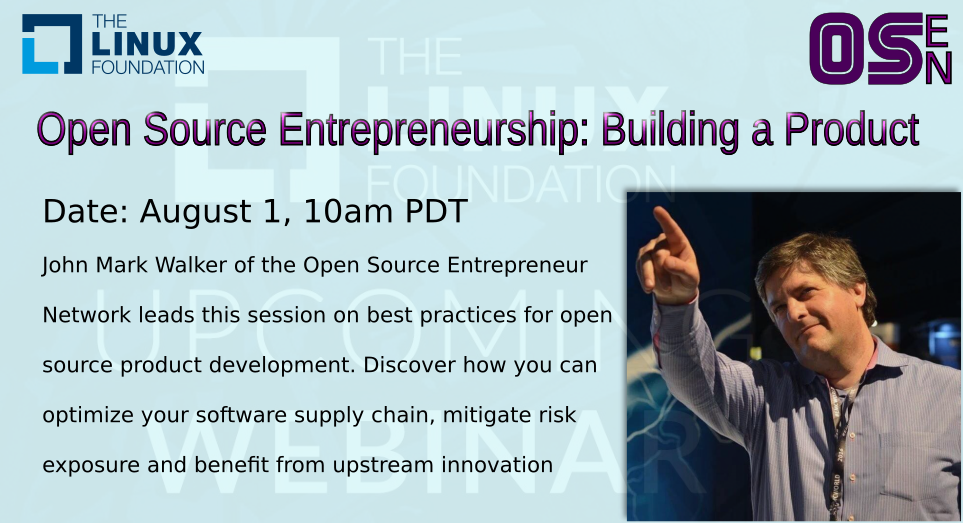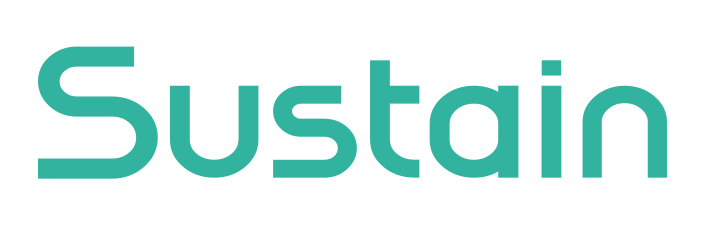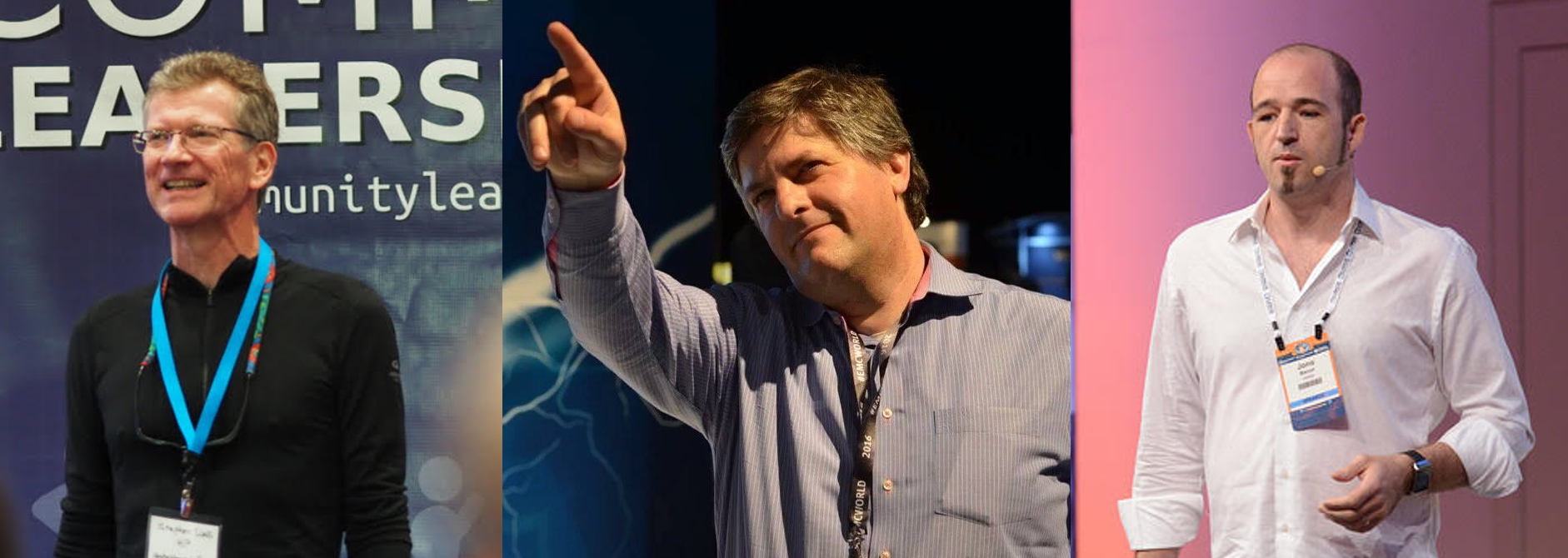There’s been a long-running debate over open source and security, and it goes something like this:
Pro: Open source is awesome! Given enough eyes, all bugs are shallow. This is why open source software is inherently more secure.
Con: Hackers can see the code! They’ll look at the source code and find ways to exploit it. This is why open source software is inherently more insecure.
And on and on… ad nauseum. There are a variety of studies that each side can finger to help state their case. The problem as I see it, is that we’re not even talking about the same thing. If someone says open source software is more or less secure, what are they actually talking about? Do they mean software you download from the web and push into production? Or do they mean vendor-supported solutions? Unless we can agree on that, then any further discussion is pointless.
Open Source Products
So let’s shift the conversation to an apples vs. apples comparison so that we’re discussing the same things. According to a survey by Black Duck, upwards of 96% of commercial software solutions use open source software to some extent. This means virtually *all* new software solutions use open source software. So, when someone argues whether open source is more or less secure, the question to ask is, “more or less secure than *what*?” Because as we can see, the number of software solutions that *don’t* use open source software is rapidly dwindling.
To save everyone’s breath, let’s change the dynamics of this conversation. Let’s compare “raw” upstream open source code vs. supported software solutions backed by a vendor. As I’ve mentioned before, you can do the former, but it helps if you’re Amazon, Google or Facebook and have an army of engineers and product managers to manage risk. Since most of us aren’t Amazon, Google or Facebook, we usually use a vendor. There are, of course, many grey areas in-between. If you choose to download “raw” code and deploy in production, there are naturally many best practices you should adopt to ensure reliability, including developing contingency plans for when it all goes pear-shaped. Most people choose some hybrid approach, where core, business-critical technologies come with vendor backing, and everything else is on a case-by-case basis.
So, can we please stop talking about “open source vs. proprietary”? We should agree that this phrasing is inherently anachronistic. Instead, let’s talk about “managed” vs. “unmanaged” solutions and have a sane, productive discussion that can actually lead us forward.
